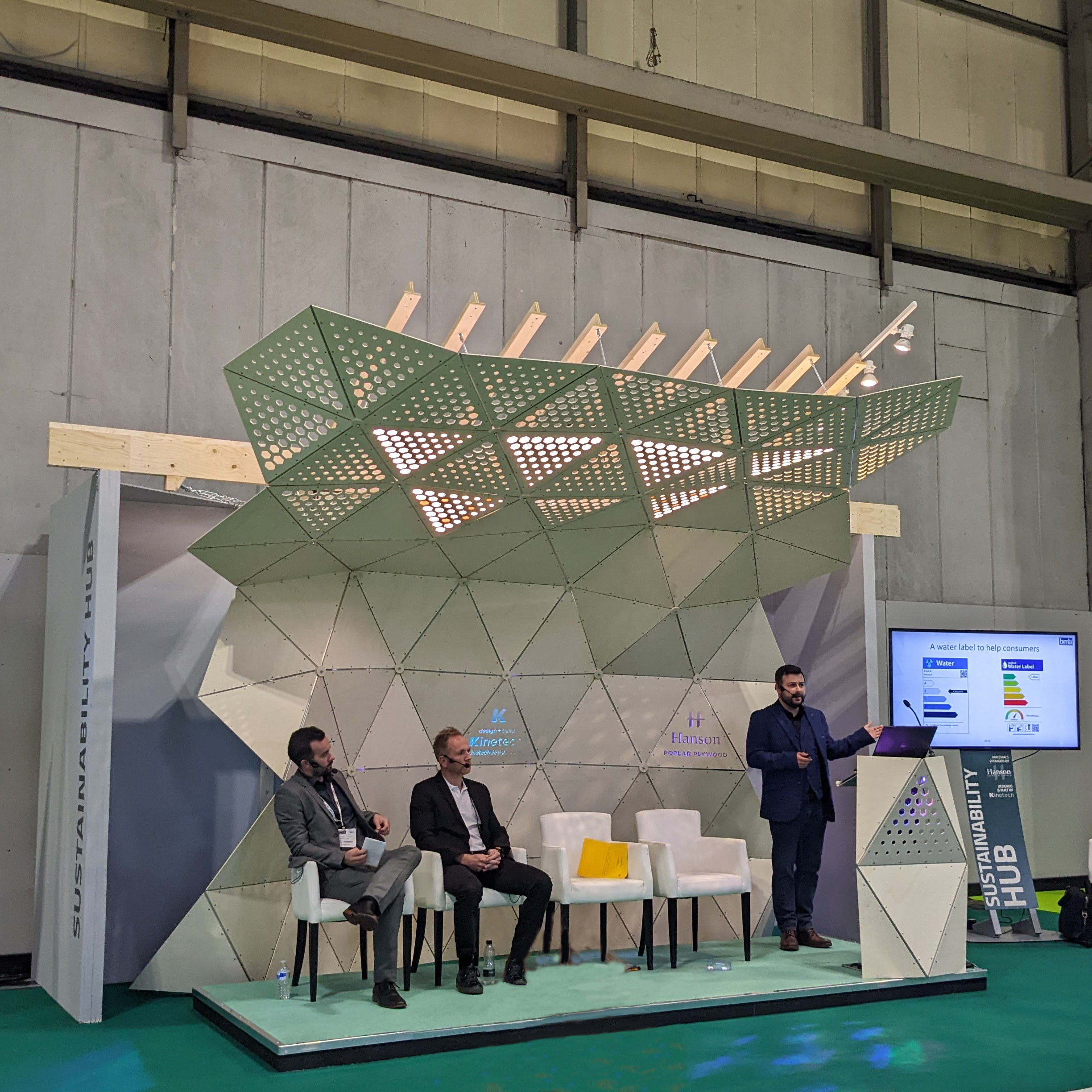Microgeneration is seen by most as a key component in the UK’s energy mix going forward, and key government strategies to encourage this include the Renewables Energy Strategy, the Microgeneration Strategy, the Feed in Tariff (FIT), the Renewables Obligation Scheme (RO) and the Renewable Heat Incentive (RHI).
Small and medium power generating systems up to 50kW, including solar photovoltaics and solar thermal, are eligible for support and also for payment under the FIT, RO and RHI schemes.
While all small-medium size renewable energy technologies, such as wind power, hydropower and anaerobic digestion, have grown since the introduction of FIT in 2010, solar photovoltaics (PV) has experienced the highest growth and now account for over 80% of all renewable electricity as well as 98% of all installations under the FIT scheme. This rapid growth in recent years has propelled the UK into the top ten global markets for installed solar PV capacity.
Since the implementation of subsidies as a means of stimulating the uptake of renewable energy, the deployment of solar PV has risen from negligible capacity to over 9 GW in 2016. While the increase in the generally smaller FIT supported installations (up to 5 MW) has been strong, the growth in RO supported capacity has been even more substantial, mainly arising from the commissioning of large ground-mounted solar farms, with capacity doubling between 2013 and 2015.
However, growth in solar PV uptake has been anything but steady. Following a substantial increase in aggregate capacity in 2011, the market saw a sharp decrease in 2012 and 2013, reflecting a decline in domestic applications following the first round of tariff reductions (degression) in March 2012. After that, the market returned to growth, driven by an increase in the deployment of solar farms and commercial rooftop installations, ahead of the closure of the RO scheme to new solar PV schemes from 1 April 2016.
One key reason for the popularity of solar PV systems, over other types of renewable energy technology, is that they are available across a wide range of scales and locations ranging from domestic rooftops (mostly up to 4 kW) up to very large ground-mounted solar farms up to 70 MW. Lead times are also significantly shorter with fewer planning requirements to consider compared to small windpower schemes for example.
Although solar PV is the renewable energy technology with the largest potential, with few planning restrictions and being relatively easy and quick to install, we anticipate that the smaller solar PV market is likely to decline from early 2017, the key reasons for this being the new, lower FIT rates, effective from early 2016, and the closure of the RO to new solar PV schemes up to 5 MW from April 2016.
In the medium to longer term, a more stable market is anticipated, with key influencing factors including retail electricity tariffs, site-specific costs, potential investor returns and electricity usage levels.
The chart below illustrates the trends to date with estimates through to the end of 2017:

In summary, the motivating factors for growth of the Solar PV market remain balanced, with a natural demand for the products motivated by consumer requirements for improved environmental credentials, backed by the Government push for a shift to renewable energy sources, but offset by reducing tariffs within the solar section of the FIT scheme, perhaps taking this scheme to the point where consumers and other small-scale renewable users feel it is not an economically attractive option.
The information in this article is from the ‘Small and Medium Renewable Energy Market Report – UK 2016-2020 Analysis’, published by AMA Research.
Related Blog Articles













